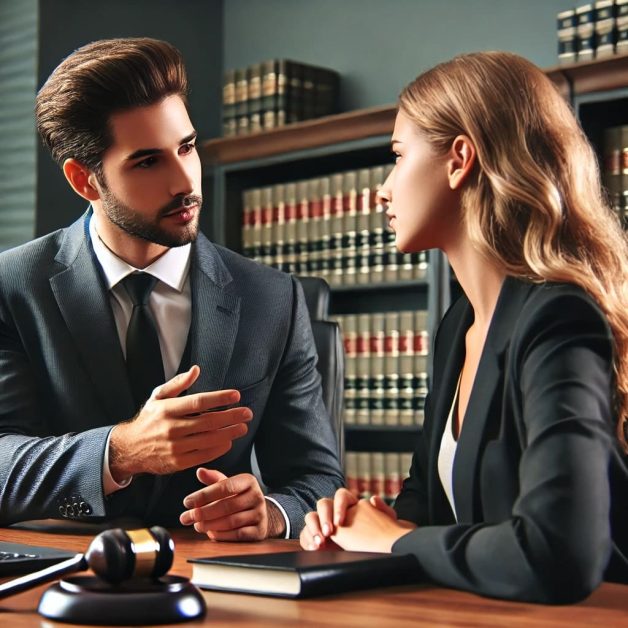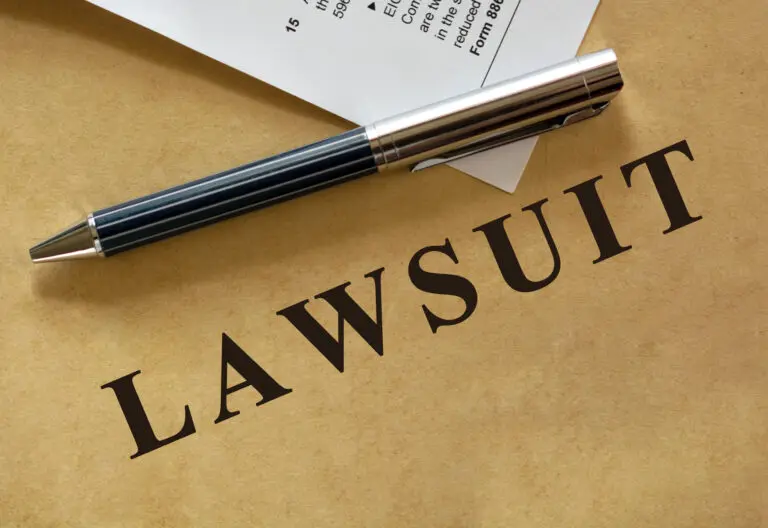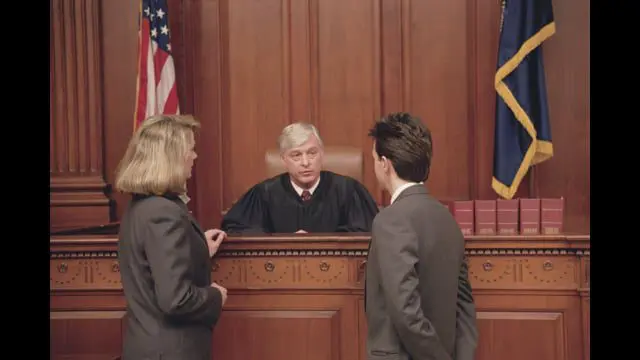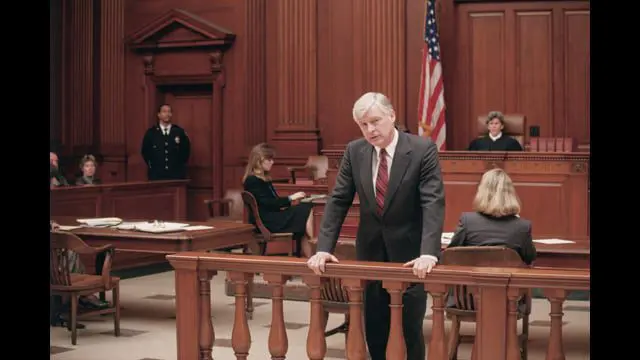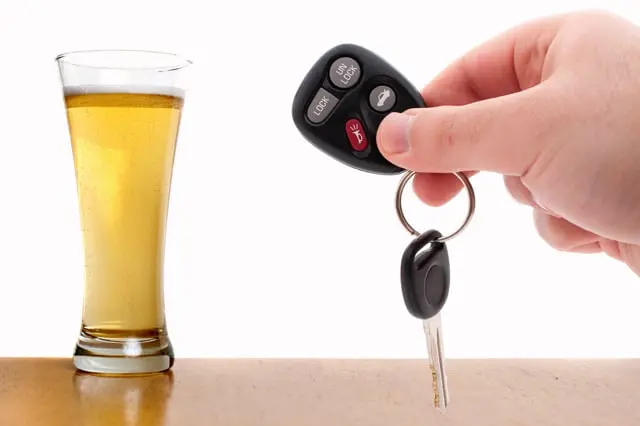When you’ve been injured in an accident and decide to pursue a personal injury claim, one of the first questions that often comes to mind is whether your case will go to trial. This concern is understandable, as the prospect of a trial can seem daunting. However, not all personal injury cases end up in court. Understanding the factors that influence whether a case goes to trial can help you prepare and make informed decisions. In this article, we’ll explore the likelihood of a personal injury case going to trial and the various aspects that can impact this outcome.
Factors Influencing Whether a Personal Injury Case Goes to Trial
1. Strength of Evidence
One of the primary factors determining whether a personal injury case goes to trial is the strength of the evidence. Personal injury attorneys evaluate the available evidence to determine if it strongly supports the claim. Evidence can include medical records, accident reports, witness testimonies, and expert opinions. If the evidence clearly indicates the defendant’s liability and the extent of the plaintiff’s injuries, the case is more likely to be settled out of court. However, if the evidence is weak or disputed, the case may proceed to trial to resolve these issues.
2. Settlement Offers
Settlement negotiations play a crucial role in whether a personal injury case goes to trial. Insurance companies often prefer to settle claims out of court to avoid the costs and uncertainties associated with a trial. If the insurance company makes a fair settlement offer that adequately compensates the plaintiff for their injuries and damages, the plaintiff may choose to accept it. Conversely, if the settlement offer is too low or unreasonable, the plaintiff and their attorney might decide to take the case to trial to seek a more favorable outcome.
3. Legal Strategies
Personal injury lawyers employ various legal strategies to achieve the best possible outcome for their clients. Sometimes, they may recommend accepting a settlement to avoid the risks and expenses of a trial. Other times, they may advise going to trial if they believe it will result in a better outcome. The decision to settle or proceed to trial is influenced by factors such as the strength of the case, the defendant’s willingness to negotiate, and the potential for a higher award through litigation.
Pre-Trial Procedures
Before a personal injury case goes to trial, several pre-trial procedures take place. These procedures are designed to prepare both parties for trial and encourage settlement.
1. Discovery Phase
During the discovery phase, both parties exchange information and evidence related to the case. This process includes written questions (interrogatories), document requests, and depositions (sworn testimony taken outside of court). The discovery phase allows each party to assess the strength of the other side’s case and can often lead to settlements if one party realizes their case is weaker than anticipated.
2. Pre-Trial Motions
Pre-trial motions are legal arguments made to the court before the trial begins. These motions can address various issues, such as the admissibility of evidence, the dismissal of certain claims, or the exclusion of certain witnesses. Personal injury attorneys use pre-trial motions to strengthen their case and weaken the opposing party’s position. The outcome of these motions can significantly impact the likelihood of a case going to trial.
3. Mediation and Arbitration
Mediation and arbitration are alternative dispute resolution methods that can help resolve personal injury cases without going to trial. Mediation involves a neutral third party (the mediator) who facilitates negotiations between the parties to reach a settlement. Arbitration involves a neutral third party (the arbitrator) who hears both sides’ arguments and makes a binding decision. Both mediation and arbitration can be effective in resolving disputes and avoiding the need for a trial.
The Trial Process
If a caso de lesiones personales does go to trial, it follows a structured process that includes several stages.
1. Jury Selection
The trial begins with jury selection, where both parties’ attorneys question potential jurors to determine their suitability for the case. The goal is to select a fair and impartial jury that can objectively evaluate the evidence and render a just verdict.
2. Opening Statements
After the jury is selected, both parties’ attorneys present their opening statements. The opening statements outline the key points of their case and provide a roadmap for what the jury can expect to hear during the trial. The plaintiff’s attorney goes first, followed by the defendant’s attorney.
3. Presentation of Evidence
The presentation of evidence is the core of the trial. The plaintiff’s attorney presents evidence to support their claims, including witness testimonies, documents, photographs, and expert opinions. The defendant’s attorney then has the opportunity to cross-examine the witnesses and challenge the evidence. After the plaintiff’s case is presented, the defendant’s attorney presents their evidence and witnesses, with the plaintiff’s attorney having the opportunity for cross-examination.
4. Closing Arguments
After both sides have presented their evidence, the attorneys make their closing arguments. The closing arguments summarize the key points of the case and attempt to persuade the jury to render a verdict in their favor. The plaintiff’s attorney goes first, followed by the defendant’s attorney, with the plaintiff’s attorney having the opportunity for a rebuttal.
5. Jury Deliberation and Verdict
The final stage of the trial is the jury deliberation. The jury reviews the evidence and arguments presented during the trial and deliberates to reach a verdict. The verdict determines whether the defendant is liable for the plaintiff’s injuries and, if so, the amount of compensation to be awarded. The jury’s decision can be influenced by various factors, including the strength of the evidence, the credibility of the witnesses, and the persuasiveness of the attorneys’ arguments.
Post-Trial Considerations
Even after a veredicto is reached, there are post-trial considerations that can impact the final resolution of the case.
1. Appeals
If either party is dissatisfied with the verdict, they have the right to appeal the decision to a higher court. An appeal involves a review of the trial proceedings to determine if any legal errors were made that could have affected the outcome. Appeals can be a lengthy and complex process, and the outcome can either uphold the original verdict, overturn it, or result in a new trial.
2. Collection of Judgments
If the plaintiff is awarded compensation, the next step is the collection of the judgment. This process involves ensuring that the defendant pays the awarded amount. In some cases, the defendant may voluntarily pay the judgment. In other cases, additional legal actions, such as garnishing wages or seizing assets, may be necessary to enforce the judgment.
The Role of Personal Injury Lawyers
Personal injury lawyers play a crucial role in navigating the complexities of personal injury cases and determining whether a case is likely to go to trial. Their expertise and experience are invaluable in building a strong case, negotiating settlements, and representing clients in court if necessary.
1. Case Evaluation
One of the first tasks of a abogado de lesiones personales is to evaluate the merits of the case. This evaluation involves reviewing the facts of the accident, gathering evidence, and assessing the potential for success. A thorough case evaluation helps the lawyer determine the best course of action, whether it be negotiating a settlement or preparing for trial.
2. Negotiation and Settlement
Personal injury lawyers are skilled negotiators who work to secure the best possible outcome for their clients. They engage in settlement negotiations with insurance companies and defense attorneys to achieve fair compensation for their clients’ injuries and damages. A successful negotiation can result in a favorable settlement without the need for a trial.
3. Trial Representation
If a personal injury case goes to trial, the lawyer’s role becomes even more critical. Personal injury attorneys represent their clients in court, presenting evidence, questioning witnesses, and making legal arguments. Their goal is to persuade the jury to render a verdict in favor of their client. The lawyer’s trial experience and advocacy skills can significantly impact the outcome of the case.
Understanding Settlement vs. Trial
The decision to settle a personal injury case or proceed to trial is a complex one that involves weighing various factors.
1. Pros and Cons of Settlement
Settling a personal injury case has several advantages. Settlements can be reached more quickly than trials, providing timely compensation to the plaintiff. They also avoid the uncertainties and expenses associated with a trial. However, settlements may result in lower compensation than what could be achieved through a trial. Plaintiffs must weigh the certainty of a settlement against the potential for a higher award through litigation.
2. Pros and Cons of Trial
Proceeding to trial has its own set of advantages and disadvantages. Ensayos can result in higher compensation awards if the plaintiff’s case is strong and the jury is persuaded. They also provide an opportunity for public acknowledgment of the defendant’s wrongdoing. However, trials are time-consuming, costly, and uncertain. The outcome is in the hands of the jury, and there is no guarantee of a favorable verdict.
Recent Trends in Personal Injury Litigation
To provide a comprehensive understanding of personal injury cases and their likelihood of going to trial, it’s essential to consider recent trends and developments in personal injury litigation.
1. Increase in Alternative Dispute Resolution
In recent years, there has been a notable increase in the use of resolución alternativa de litigios (ADR) methods such as mediation and arbitration. These methods offer a more efficient and cost-effective way to resolve personal injury disputes. ADR allows parties to reach settlements without the need for a trial, reducing the burden on the court system and providing quicker resolutions for plaintiffs.
2. Impact of Technology on Personal Injury Cases
Technology has significantly impacted the way casos de lesiones personales are handled. From electronic discovery to virtual court proceedings, technology has streamlined various aspects of litigation. Personal injury lawyers now have access to advanced tools for gathering and presenting evidence, conducting depositions remotely, and managing case files. These technological advancements can enhance the efficiency of the legal process and influence the likelihood of a case going to trial.
3. Changes in Tort Reform Legislation
Tort reform legislation can also impact personal injury cases and their likelihood of going to trial. Some states have enacted laws that limit the amount of damages that can be awarded in personal injury cases or impose stricter requirements for filing lawsuits. These changes can affect plaintiffs’ decisions to pursue litigation and influence the strategies employed by abogados de lesiones personales.
Conclusión
Determining whether a personal injury case will go to trial involves considering multiple factors, including the strength of evidence, settlement offers, and legal strategies. While many cases are resolved through settlements, some proceed to trial to achieve a fair outcome. Personal injury lawyers play a vital role in guiding their clients through this process, from case evaluation to trial representation. Understanding the nuances of personal injury litigation and staying informed about recent trends can help plaintiffs make informed decisions and navigate the complexities of their cases.

